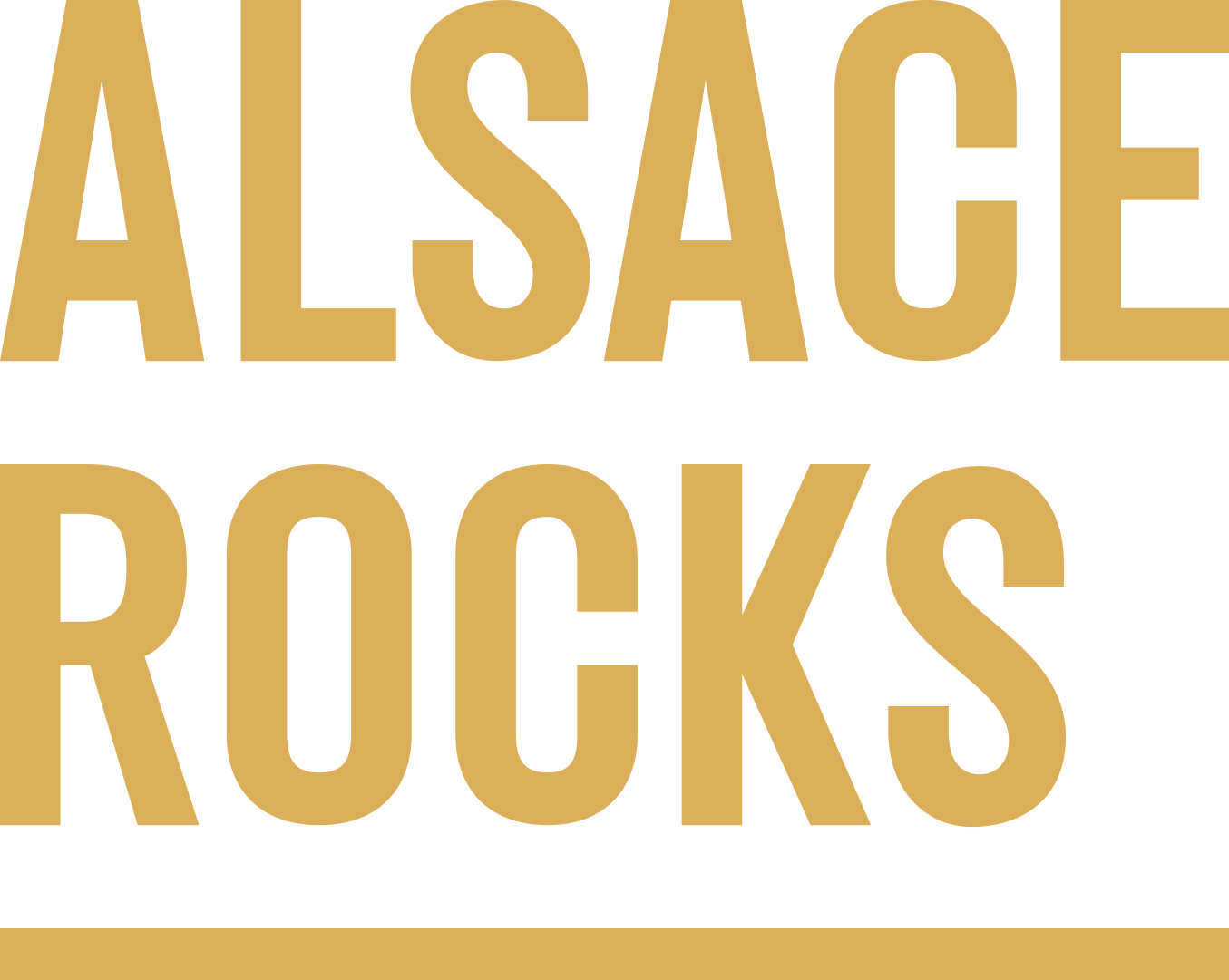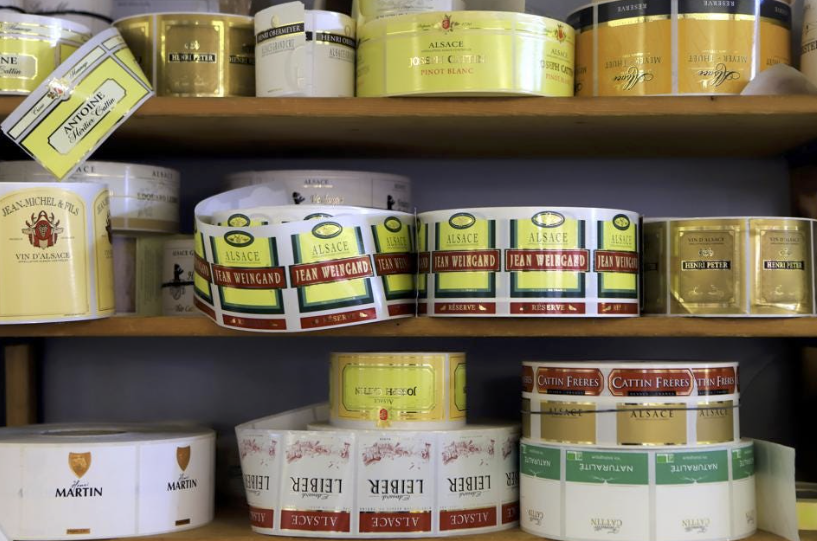VOEGTLINSHOFFEN, FRANCE - OCTOBER 11: Wine labels are seen during a visit to Maison Joseph Cattin winery on October 11, 2019 in the village of Voegtlinshoffen in the Alsace region of eastern France. The Cattin family have been winemakers since 1720, are one of the biggest family-owned wineries in Alsace and are a popular tourist destination with its modern visitors' center and wide range of affordable wines. The Alsace Wine Route, which was officially established in 1953, passes through 70 wine-growing villages as it winds along the foothills of the Vosges mountain range for more than 170km where wine enthusiasts can visit more than 1,000 of the popular region's wineries. (Photo by David Silverman/Getty Images)
Starting with wines from the 2021 harvest, a standardized sweetness guide will be required on all Alsace wine labels. The change is not in production, but in communication, so that consumers can better understand the product by looking at the packaging.
While most French wines are labeled by origin, wines from Alsace are indicated by grape variety plus location information, including if the wine is from one of the 51 grand cru localities. Now wine buyers and members of the trade can also consult the bottle for a visual sweetness scale or one of the following appropriate terms.
How to Read the New Alsace Wine Sweetness Scale
The new scale is quite simple. Look for the following terms, in English and French (in parentheses).
Dry (sec): sugar content of the wine does not exceed 4 g/l
Medium-Dry (demi-sec): sugar content of the wine is between 4 g/l and 12 g/l
Mellow (moelleux): sugar content of the wine is between 12 g/l and 45 g/l
Sweet (doux): sugar content of the wine exceeds 45 g/l
Alsace Wine Sweetness Scale will be a feature on wine labels beginning with the 2021 vintage.


